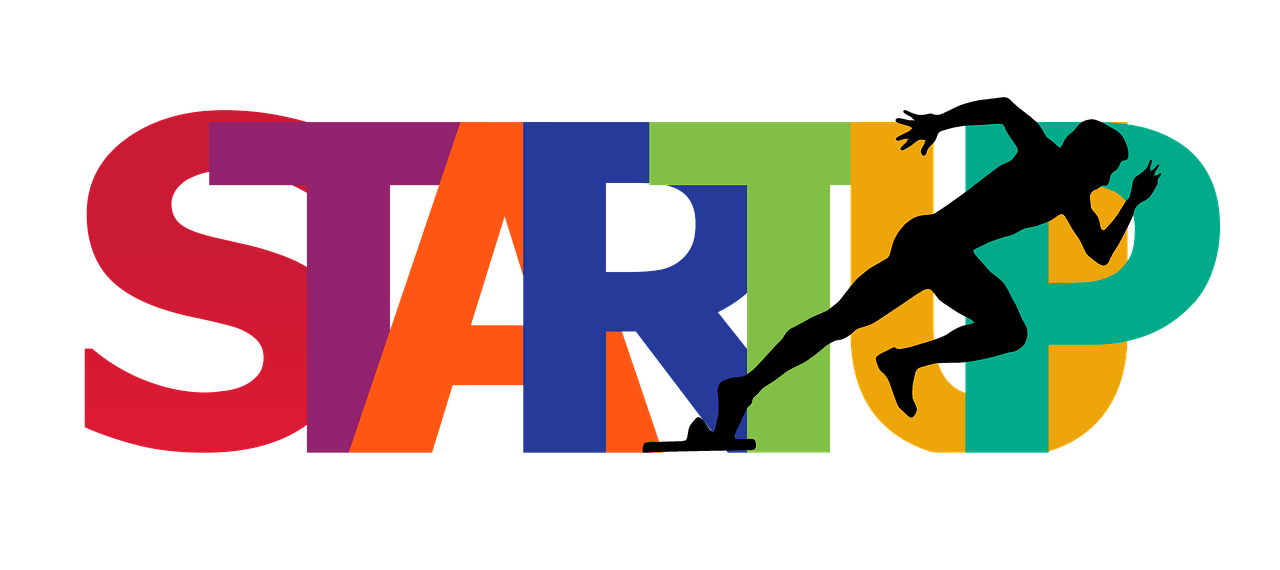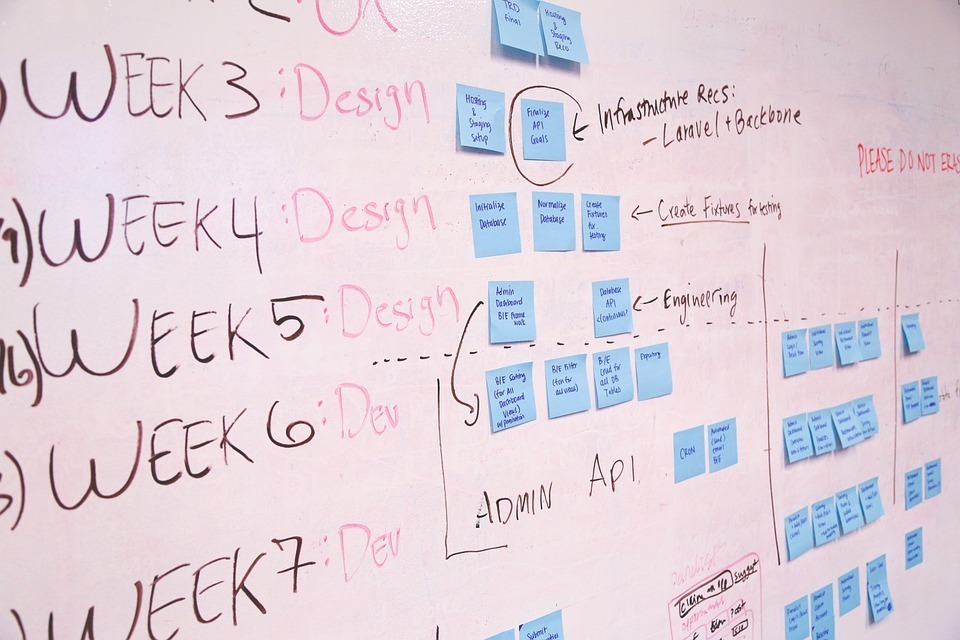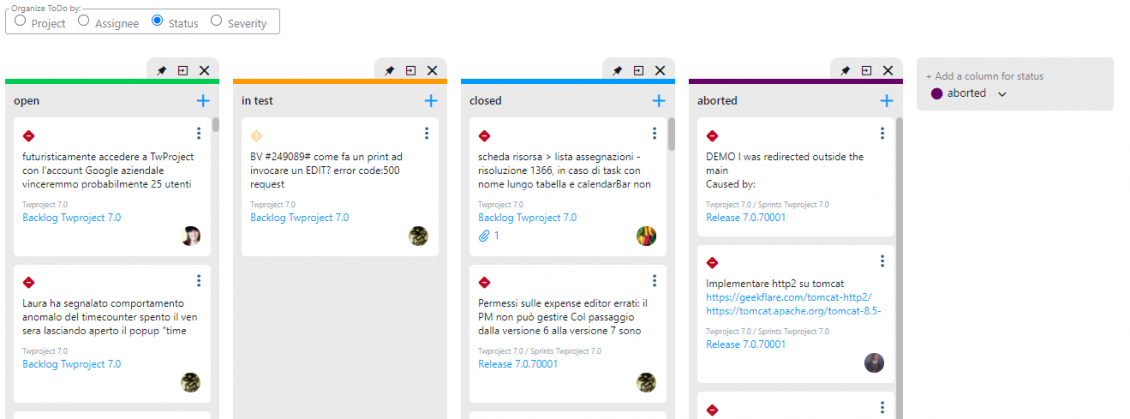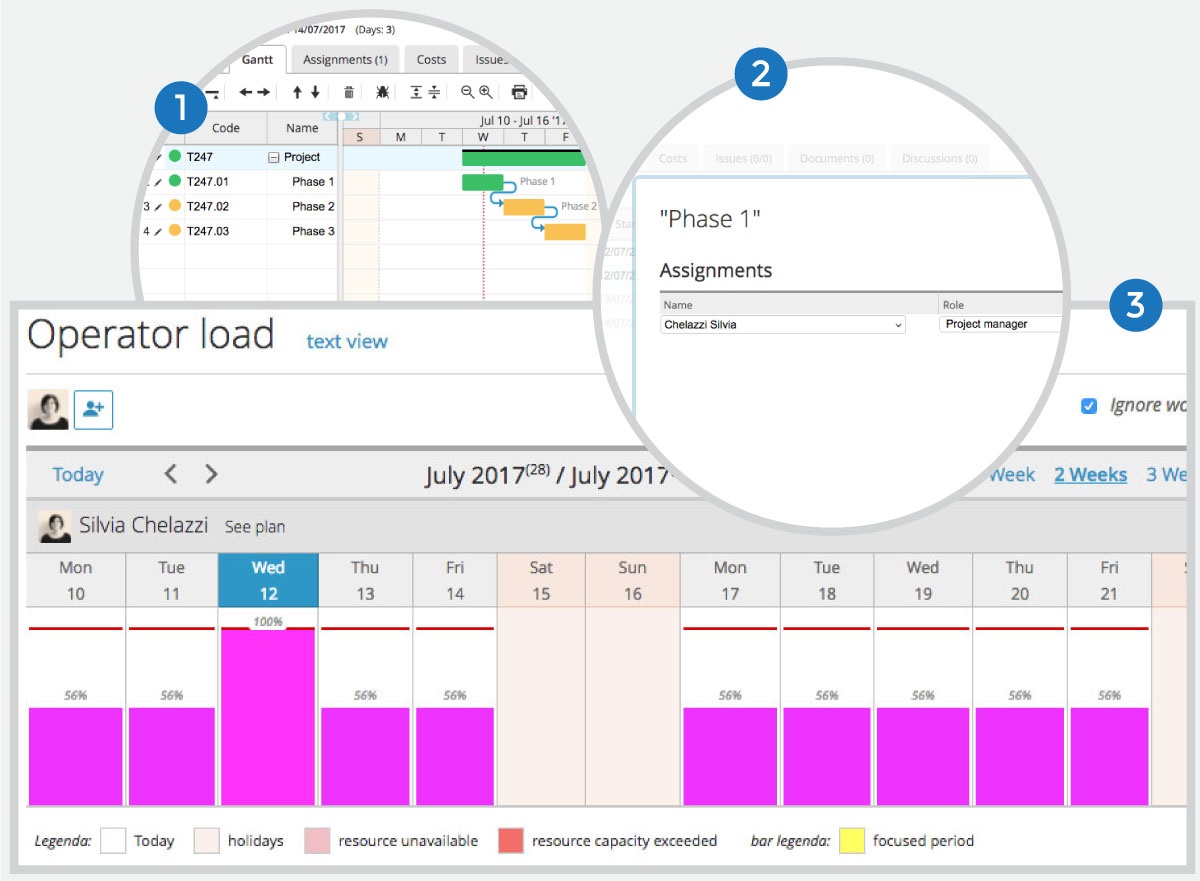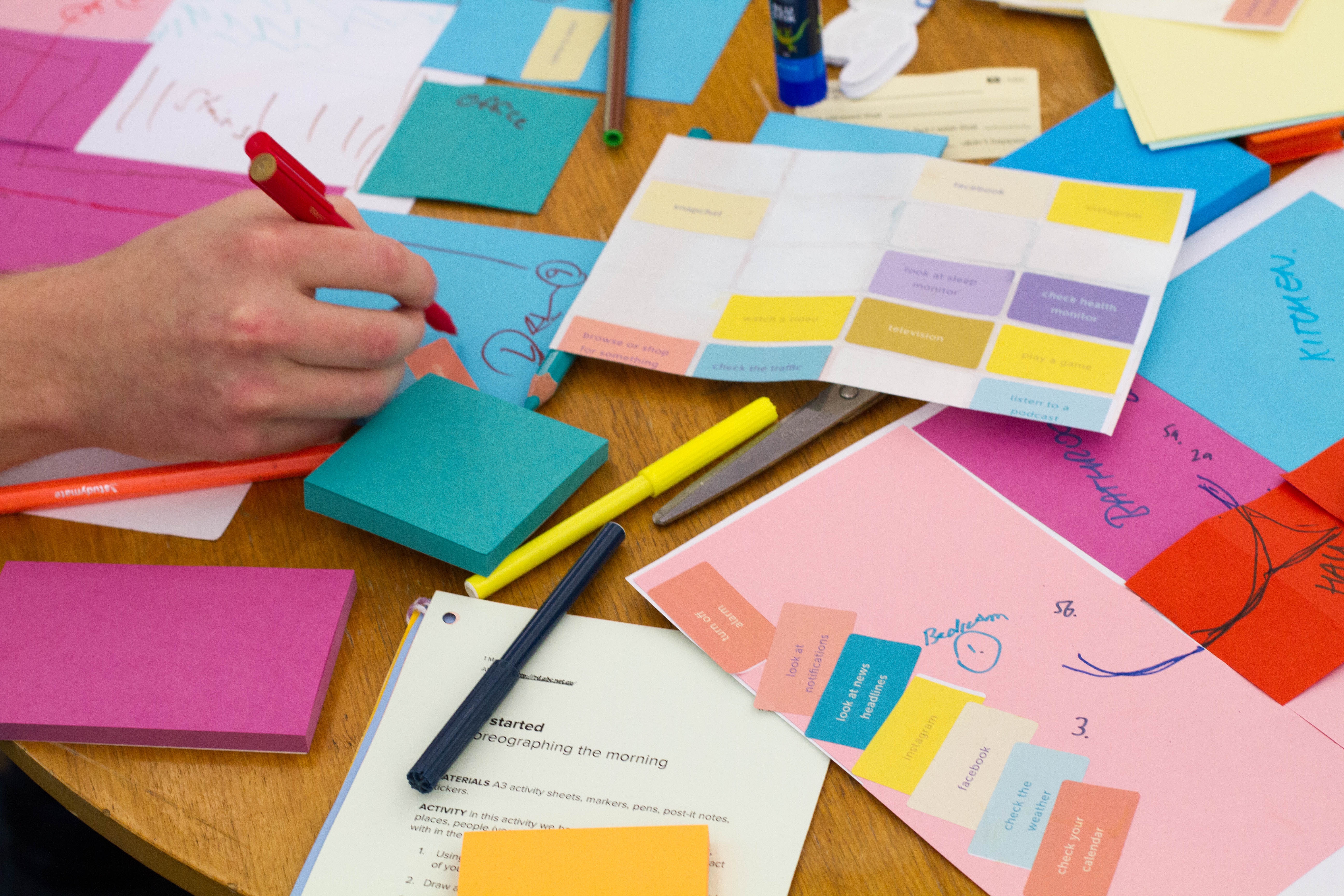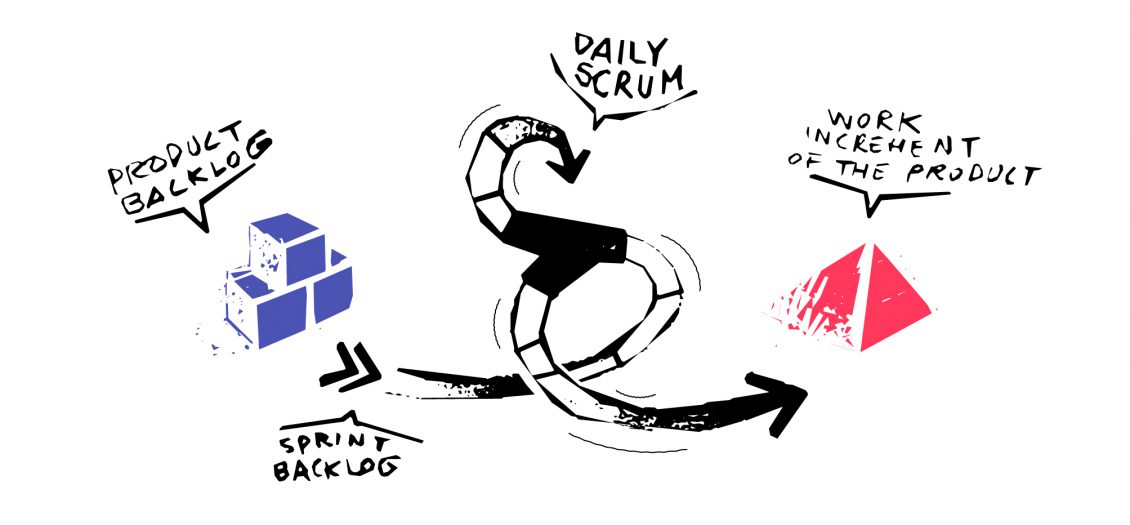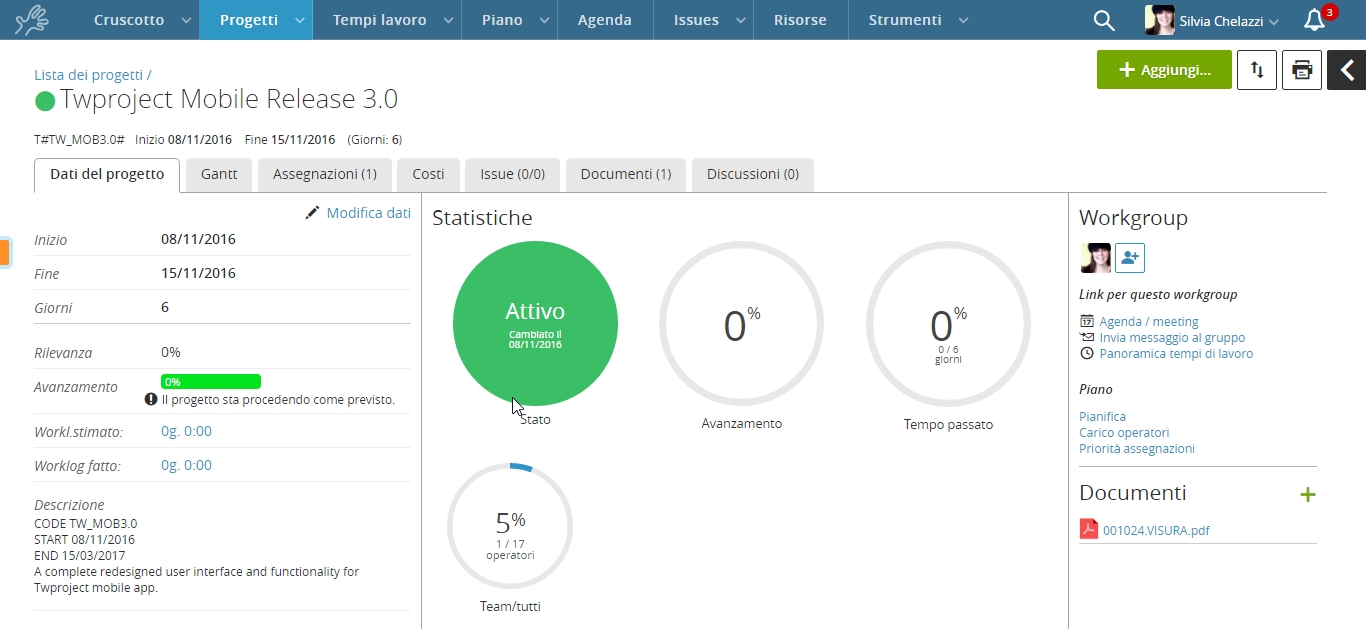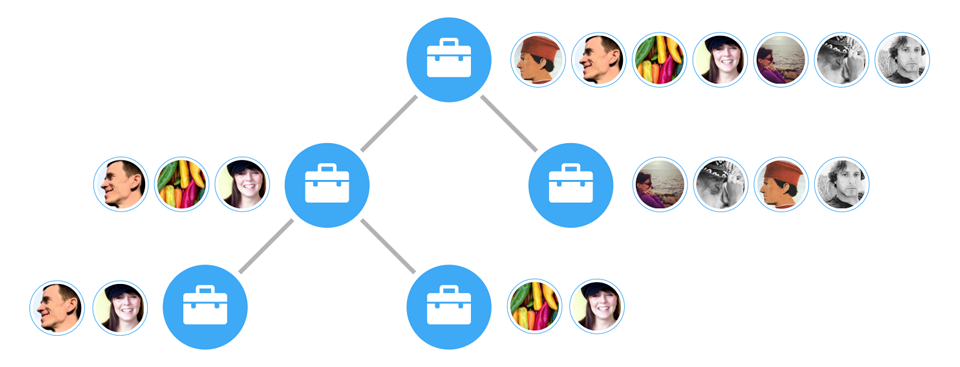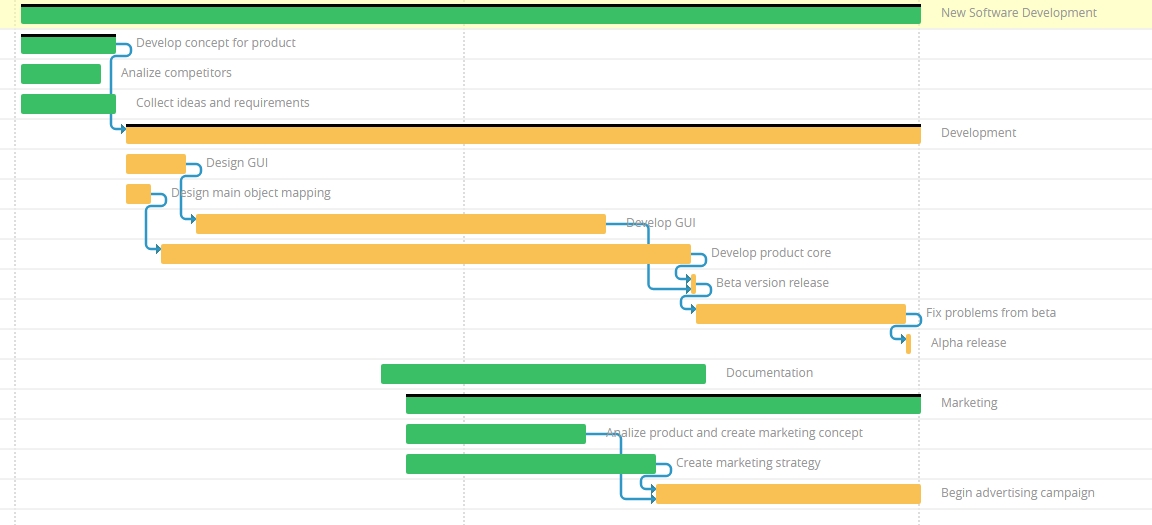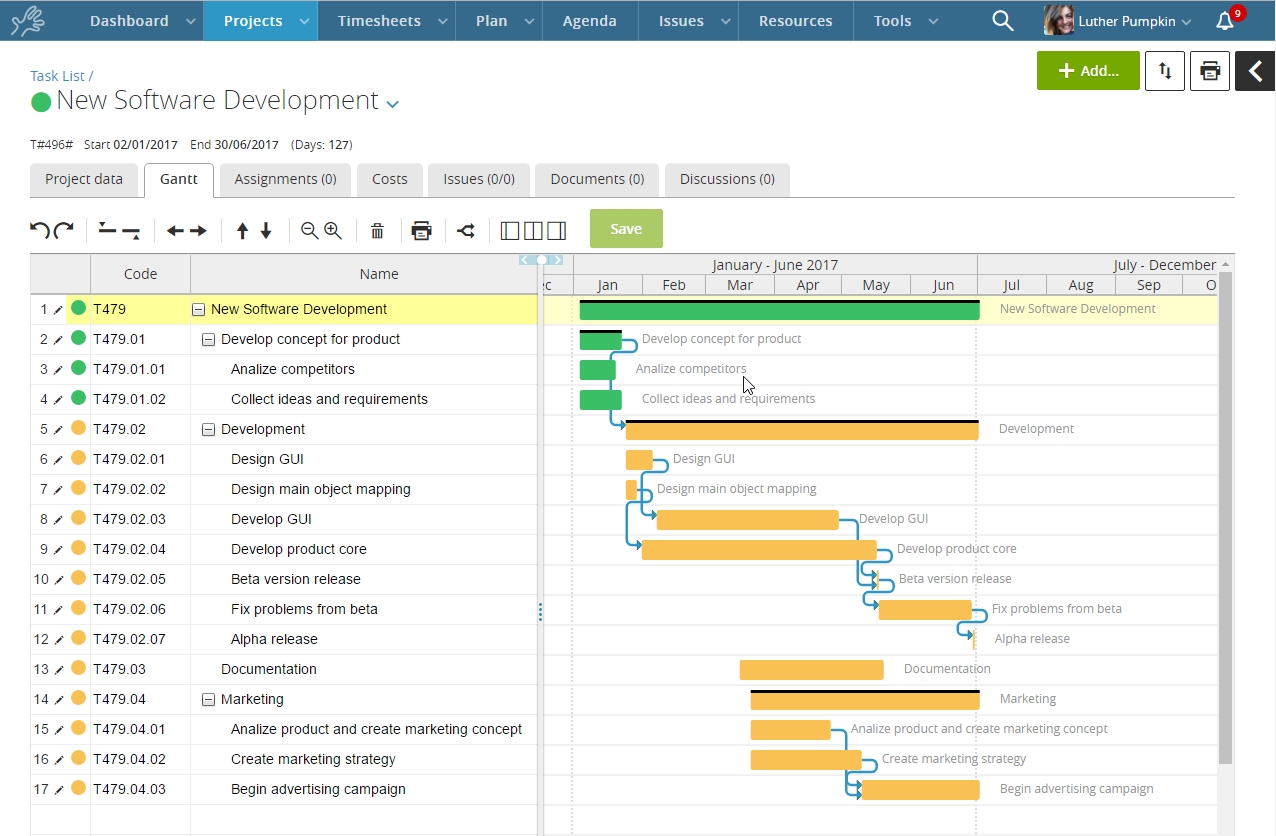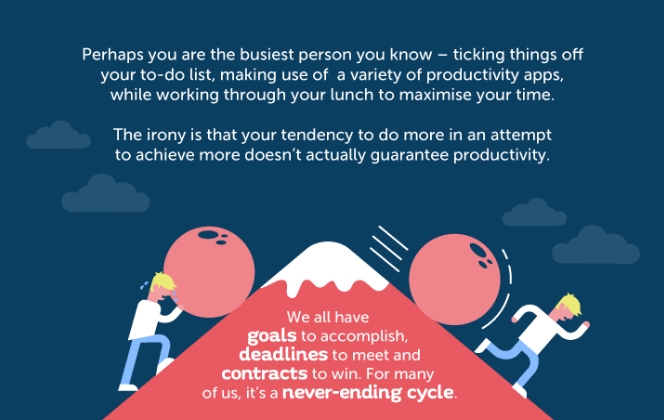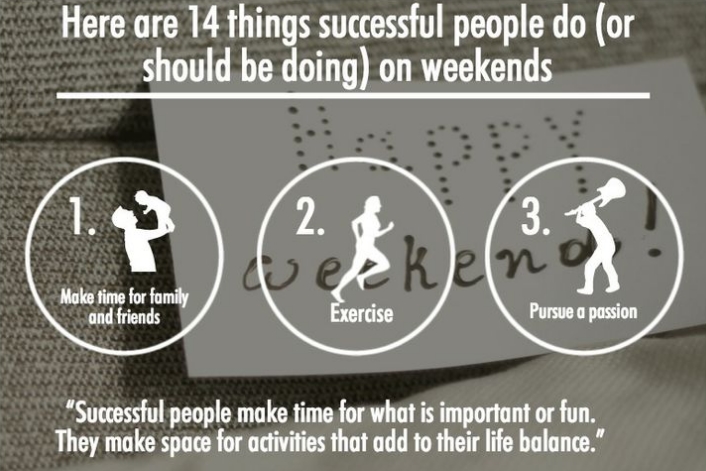Project management may seem very formal to those unfamiliar with the project. This is due to the fact that project management draws up a specific, seemingly inflexible process for starting, monitoring and closing a project. Everything is carried out according to a consolidated methodology.
CONTENTS
For an entrepreneur or a start-up coordinator, the inflexibility of these project management systems may appear limiting. However, the need to have a framework around which to focus team and resources is critical to every business success.
As rigorous and formal as project management may seem, it can be adapted to the most diverse situations.
There are many ways, approaches and project management software, depending on the industry and type of project. In addition, there are always new ideas being released, including hybrid methodologies that achieve the best from two different worlds.
So, how entrepreneurs and start-up teams can get the most out of project management, regardless of the start-up environment or business life cycle?
Project Management for start-ups: Kicking off with a vision
To employ project management effectively, one must start the project with a vision.
It is necessary to have a definite idea or objective on which the team can concentrate. In order to get somewhere, there must always be a destination and this destination must have a specific result that affects the organization.
Start-ups and entrepreneurs often strive to accomplish a million things simultaneously with a limited staff, so developing a vision is essential to ensure the success of the project.
How do you establish this vision?
You need to be specific and invest some time and energy to think about what you want to achieve and the impact you want to have.
It’s not enough to say something like “We want to make our business grow”.
To give the projects some meaning, you should take this general idea and fine-tune it. Saying something like “We want to grow our business by 10% this quarter by creating a new line of services for our existing customers” is already a more specific and limited vision in its scope.
This is a rather simple example, but the bottom line is that you have to switch from a vague idea to a specific set of objectives.
This applies to any type of activity, as all projects must be targeted, whatever the sector.
Project Management for start-ups: Developing a plan
Once the specific goal or result has been achieved, the second step in implementing project management is to establish a plan.
Even though we have just said that we need a plan, we need to know that the creation of a plan to follow can have its drawbacks. Sticking to a plan that is too strict can lead to the freezing of the team, just like a pair of handcuffs. If you do not grant your team any flexibility in the work, in the end the plan can only be counterproductive.
Creating a plan is therefore essential, but you need to be flexible in its creation and application.
As a start-up entrepreneur, you need to be at ease with the changes.
There will always be changes and, especially when you start a new path, being able to rotate is the key to success.
Whatever plan you can think and create today, it will only be a starting point for where you will go in the future.
A plan must be drawn up with the objective in mind:
- Where are we going?
- When do we want to get there?
- What kind of resources do we need?
- What other factors are involved in the completion of this project?
So, the plan is important, but it can change.
For planning, you could create a time sequence of the project with milestones, or main stages of the project. It will be used to break down the steps or activities that need to be accomplished in order to complete the project in the allotted time.
Let’s not forget about flexibility, though.

Project Management for start-ups: Executing the project
Now it’s time to move on to the project execution stage.
When people and organizations are not optimal, the first two steps we have talked about (vision and strategic plan) are often missed and progress is made directly to this execution phase.
When this happens, the problem is that you can’t ask yourself: “Why?”. For example, if you want to develop a new feature, you’d normally ask yourself, “Why do we want that new feature? Why do we want to create a new product?”
An inefficient organization (and start-ups can’t afford to be inefficient) that lacks a vision and a plan risks devoting a lot of time and resources to things that should never have received attention.
The actual execution stage of the project, when you have created a complete plan and worked backwards, starting from a deadline to create a realistic schedule and a list of activities, should not be hindered in any way.
Obviously, it is necessary to monitor and analyse the progress of the project to ensure that the benchmarks are met, including appropriate meetings.
Project Management for start-ups: Monitoring the progress
- “Are the plans and milestones still relevant to achieving the goal or result?”
- “Are we early or late with regard to the milestones?”
- “Is the result still relevant to our business or are we just finalizing what we started?”
These are just a few examples of questions that a start-up project manager should constantly ask himself.
In addition to asking these questions, you also need to monitor your KPIs and other metrics.
A project dashboard can be invaluable when it comes to keeping track of these numbers on a daily basis.
One obstacle that start-ups and entrepreneurs encounter is the reluctance to recognize and accept a faulty goal.
The best thing to do in such cases is to drop the things that need to be dropped. Knowing when to quit is some kind of art.
Project Management for start-ups: Archiving the documentation
A good idea, especially in the case of a start-up, is to collect all the lessons learned in a framework that can be used for future projects.
Write down the factors and methods that worked and those that didn’t and state why.
You can collect communication programs, reports and other documents that can be used to create templates for future projects.
Creating a resource that helps to accelerate the kick-off of future projects is the key to a successful project.
The word start-up is often closely related to the concept of uncertainty.
Although this uncertainty provides fresh air for many new ideas and innovative cues, it can also lead to the fall of a start-up.
In general, however, if a start-up is able to think about projects structured in these simple five phases, the use of the principles of project management will certainly be easier and more streamlined.

